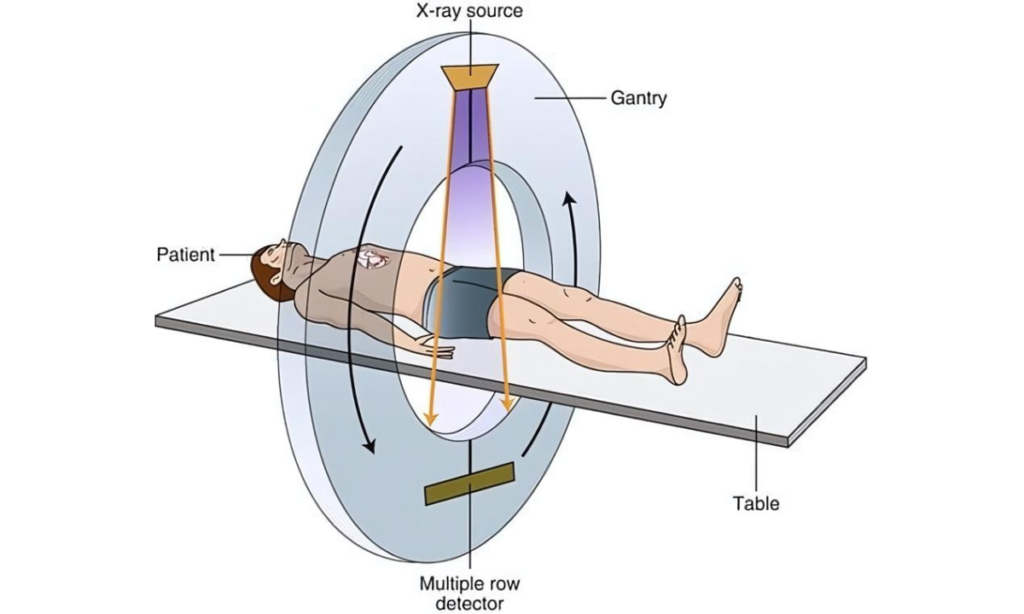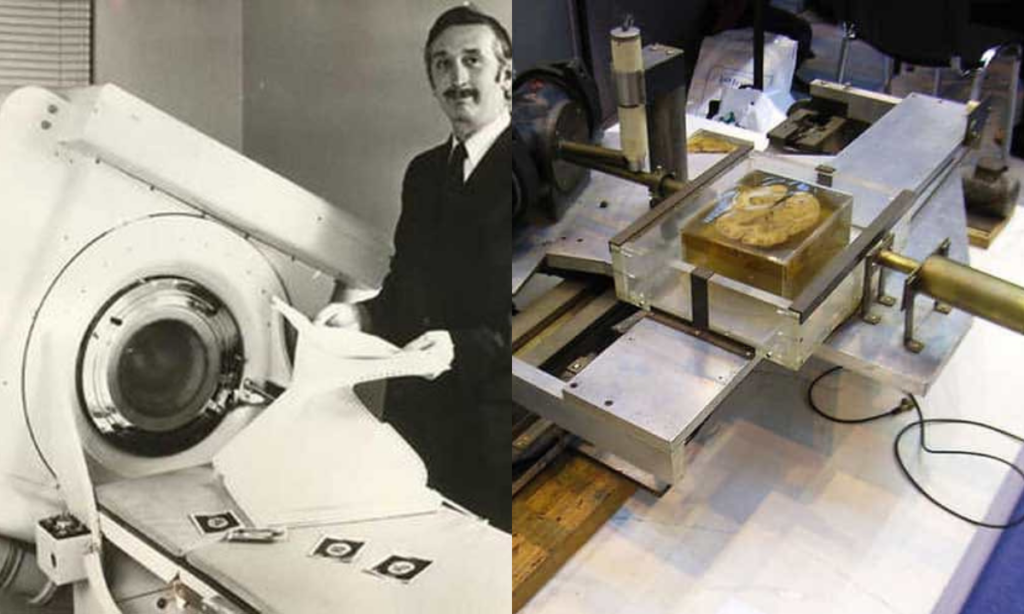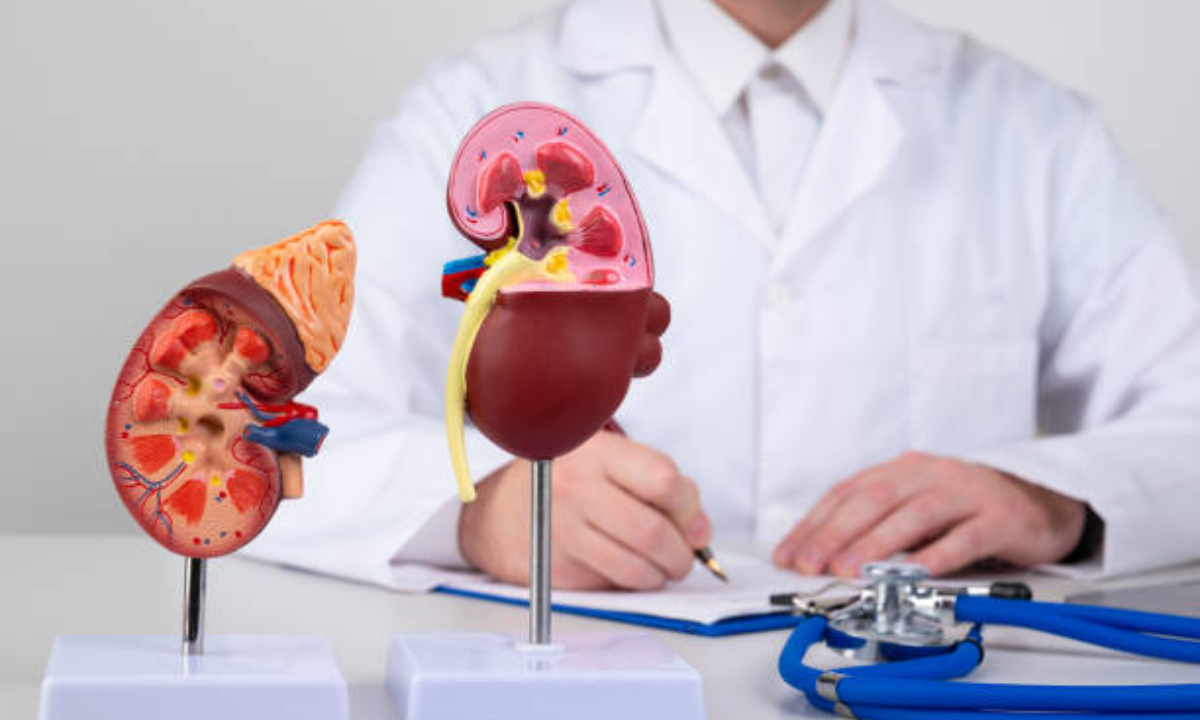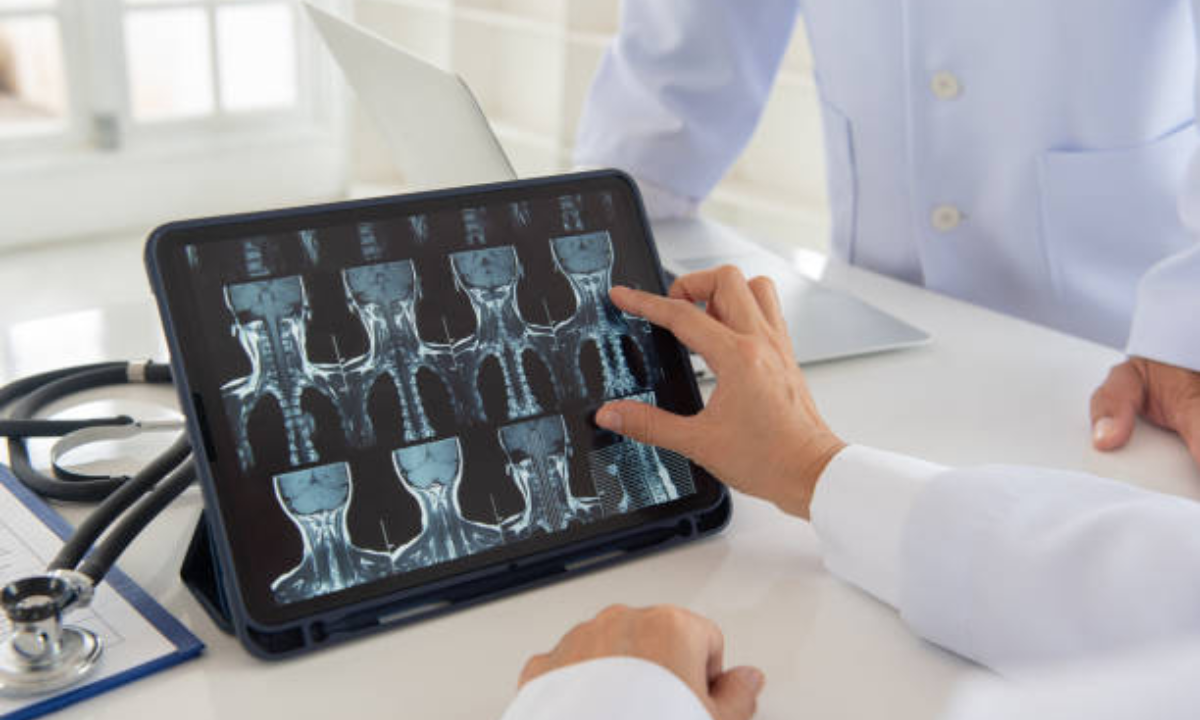Do you wish to understand how CT scans operate and why they are beneficial? You don’t need to search further. Computed tomography (CT) scans, a fundamental method in medical imaging, provide detailed cross-sectional views of the body that aid in diagnosing and monitoring a wide range of health issues CT scans combine X-ray technology and powerful computer processing to produce detailed images of internal structures such as bones, organs, blood vessels, and tumors. This noninvasive technique can detect cancer, heart disease, lung difficulties, and brain abnormalities.
How CT Scans Work – The Technology Behind It

CT scans create detailed human body images by combining X-ray technology with computer processing. The process starts with the patient lying on a table that slides into a doughnut-shaped machine known as a CT scanner. An X-ray tube inside the scanner spins around the subject, emitting a sequence of narrow X-ray beams at various angles.
A series of sensors on the scanner’s opposite side detects X-ray beams as they pass through the body. These sensors detect the intensity of X-ray photons that pass through the body, providing the data needed to create detailed cross-sectional images.
The technology used in CT scans enables excellent detail and precision. The capacity to take images from numerous angles allows for producing three-dimensional representations of the body, improving the scans’ diagnostic capabilities. Furthermore, advances in imaging technology have resulted in the creation of specialist CT scanners for specific uses, such as cardiac CT scans, which produce detailed images of the heart and its blood veins.
The Importance of CT Scans in Medical Diagnostics
CT scans are helpful in medical diagnostics because they can detect a wide range of health conditions. They are critical tools for cancer diagnosis, disease progression tracking, and guiding cancer treatment plans. CT scans are very beneficial in detecting heart disease since they reveal information about the coronary arteries and blood flow. They are also very good at detecting lung issues like pneumonia, pulmonary emboli, and lung cancer, which improves therapy options.
CT scans are fundamental in neurology for identifying and tracking brain conditions. They can locate bleeding, blood clots, tumors, and other abnormalities, helping neurosurgeons and neurologists to make accurate diagnoses and develop suitable therapies.
In essence, CT scans give critical information for treatment decisions, such as diagnosing various medical illnesses, developing treatment regimens, and assessing therapy efficacy. Without them, many medical diseases may go undiscovered or have delayed diagnoses,So our specialized CT scan center in Bangalore provides CT scans, ensuring access to cutting-edge technology and experience
Whether you need a CT scan to diagnose breast cancer or a gamma camera scan,You can visit our best diagnostic center in Bangalore that is well-equipped to satisfy your demands.
Advantages of CT Scans
CT scans provide highly detailed images of inside structures, allowing for precise diagnosis and treatment planning across multiple medical specialities.
CT scans are high-speed, usually taking only a few minutes to complete. This speed is instrumental in emergency settings, where prompt assessment is critical for effective patient care.
Noninvasive: CT scans do not require surgical incisions. This lowers the risk of problems and increases patient comfort during the imaging procedure.
CT scans are versatile imaging instruments that can examine numerous body areas, making them essential for accurately and efficiently identifying various health concerns.
Structures. This improves comprehension of anatomical linkages and allows for more informed medical decision-making.
Disadvantages of CT Scans
Radiation Exposure: CT scans expose you to ionizing radiation, which has a low risk of harm, especially if you undergo many scans. However, the benefits of CT scans outweigh the risks, particularly when they are required for precise diagnosis and therapy.
Contrast Agents: In some cases, CT scans necessitate using contrast agents, which might induce allergic reactions or kidney difficulties on rare occasions. Nonetheless, these risks are minor, and healthcare professionals make reasonable steps to prevent potential adverse effects.
CT scans can be expensive, rendering them inaccessible for some individuals or healthcare systems. Nonetheless, ‘CT scans’ valuable information justifies their cost-effectiveness, especially in urgent diagnostic or monitoring situations.
The History and Development of CT Scans

CT scans began in the early 1970s, with the introduction of the first commercial CT scanner, which represented a significant advancement in medical imaging technology. This game-changing invention was spearheaded by British engineer Godfrey Hounsfield and South African-born physicist Allan Cormack, whose groundbreaking work earned them the Nobel Prize in Physiology or Medicine in 1979.
Early CT scanners acquired data with a spinning X-ray tube and a single detector, which was then processed by computers to produce cross-sectional images. While these early scanners had limited capabilities compared to modern technology, they laid the groundwork for future advancements.
CT scanner speed, picture quality, and patient comfort have significantly improved. The introduction of spiral or helical CT scanners in the 1990s enabled continuous body scanning, resulting in faster image capture and fewer motion artifacts, making it ideal for imaging dynamic structures such as the heart.
Further advancements in CT technology resulted in the development of multidetector-row CT scanners that can capture many slices at the same time. This discovery substantially increased the speed and resolution of CT scans, allowing for more detailed imaging in less time and eventually becoming the norm in many healthcare facilities.
Conclusion
CT scans are essential in modern medicine because they provide detailed images that enable precise diagnosis and tailored patient management. They combine X-ray technology and computer processing to provide noninvasive views of internal structures, which aids in the treatment of a variety of medical conditions. Despite the hazards of radiation exposure and contrast agent use, the benefits of CT scans for diagnosis and monitoring outweigh the disadvantages. CT technology has advanced, resulting in faster image acquisition and improved diagnostic capabilities. Continued research ensures future advances, such as enhanced medical imaging. CT scans are necessary in healthcare because they provide essential information for precise diagnosis and better patient outcomes.Medical imaging is still evolving.
Kiranpet Diagnostic Centre offers comprehensive medical imaging and diagnostic services, providing accurate and timely results to support patient care.






